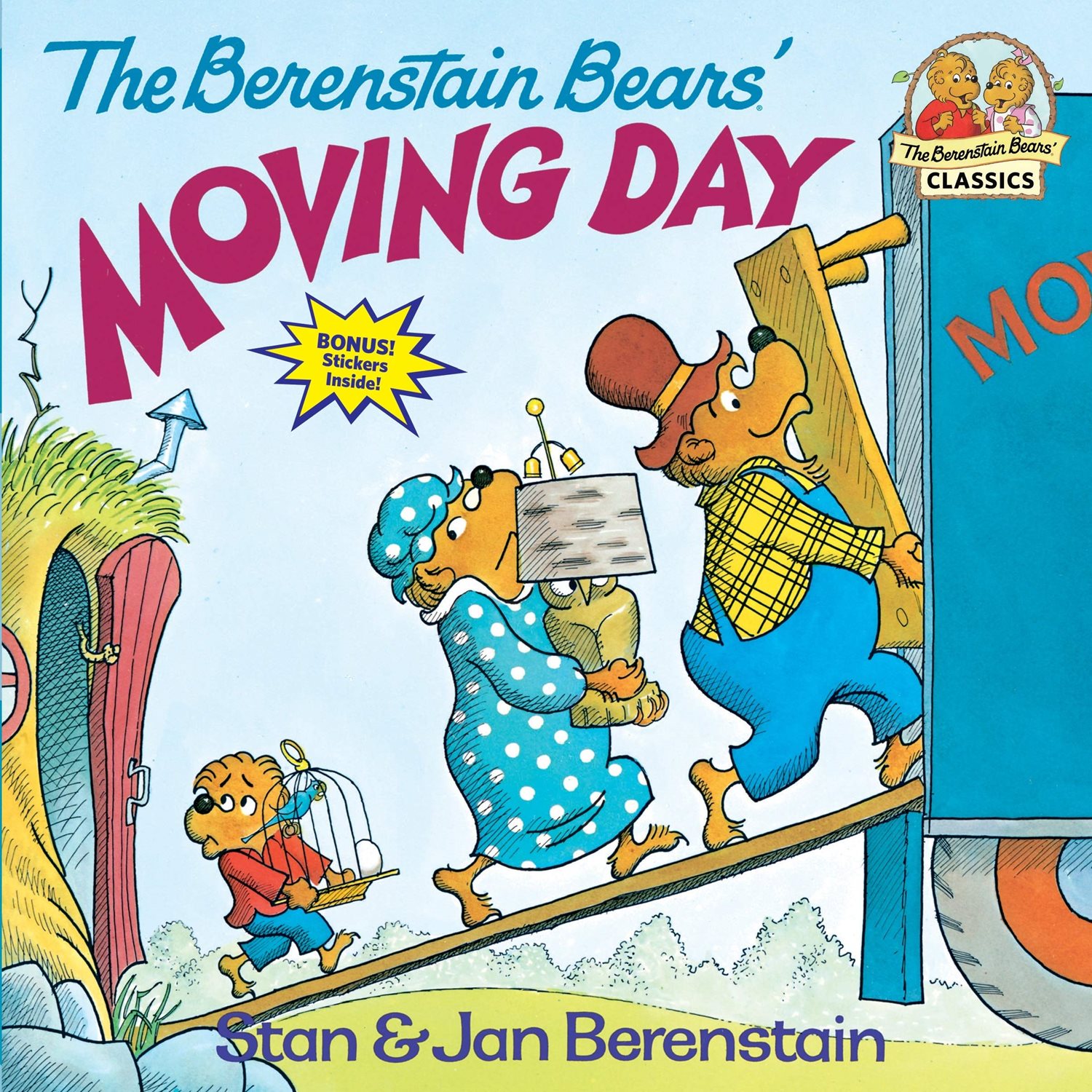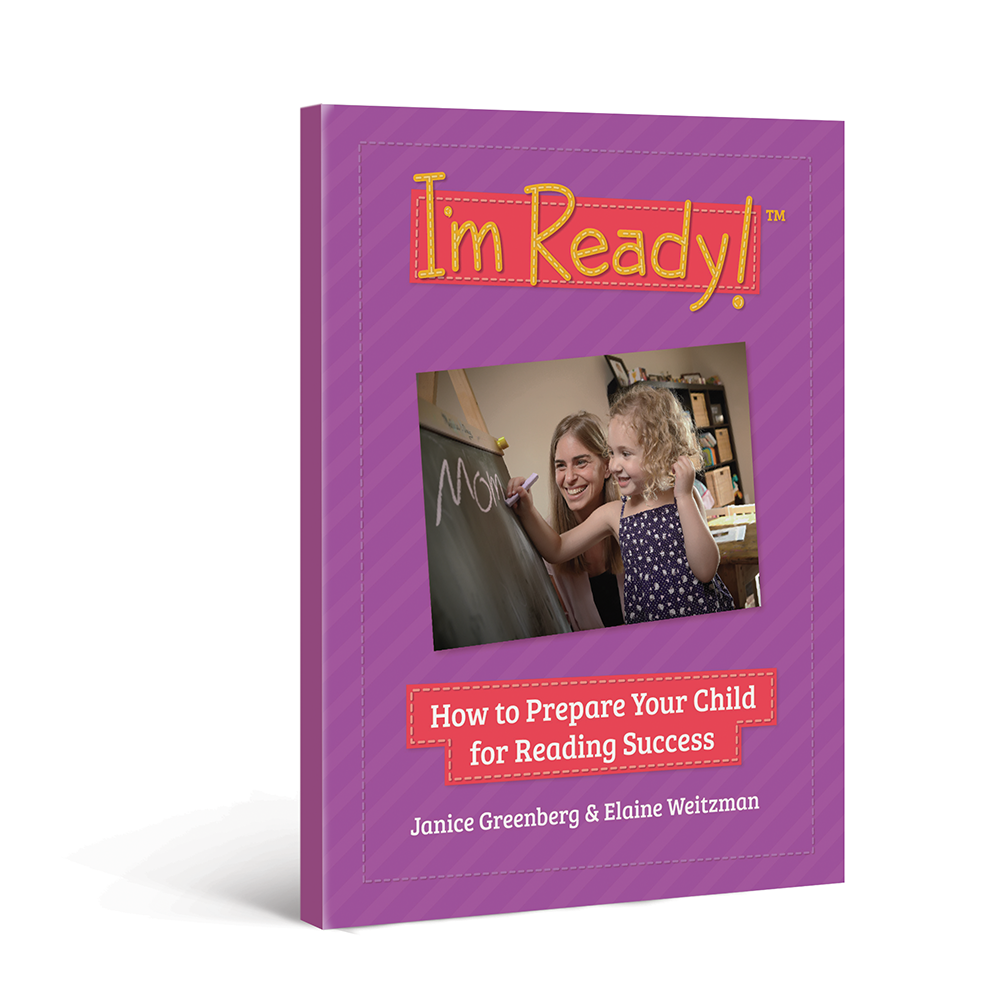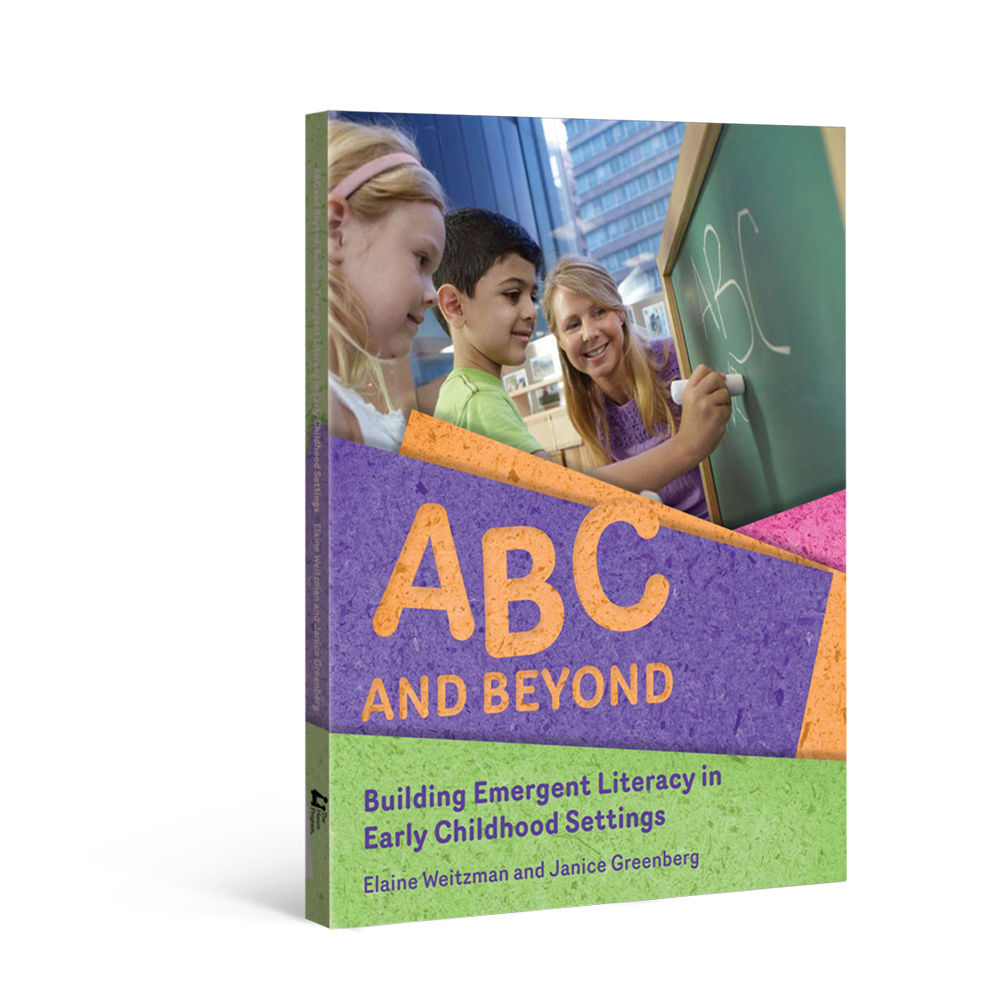This month's Book Nook topic is...
Relating to Your Child’s Experiences with The Berenstain Bears’ Moving Day

To truly understand stories, children must go beyond the words and pictures on the page and figure things out that are not specifically stated in the book. In other words, they must “read between the lines” to understand why things happen.
One effective technique for helping your child read between the lines is to relate what’s happening in the book to your child’s existing knowledge and experiences. When your child thinks about a similar situation that he or she was in, or thinks about information he already knows on a topic, he can better understand the events in the story and how they relate to the characters’ feelings and motivations. These ideas are often not stated explicitly in the book but are crucial for understanding the story.
Let’s get started!
The Book:
The Berenstain Bears’ Moving Day by Stan and Jan Berenstain
Why we picked it
In this book, the Berenstain Bear family decides to move to a new house. Brother Bear is unsure about what it will be like in his new neighbourhood. Luckily, the bears seem to transition easily into their new home, and there are many other young animals for Brother Bear to befriend.
This is a great book for relating to your child’s knowledge and experiences because it deals with a theme that many children will be familiar with – starting something new. Even a child who has never moved has probably experienced a transition, like starting a new school or daycare.
How to relate to your child’s knowledge and experiences:
You can relate the story to your child’s experiences in two main ways:
1. Make comments
Make comments that link the story to your child’s life. Unlike questions, comments don’t require a response, but if you make a comment that relates to something your child has experienced, and then wait for a few seconds without saying anything, chances are your child will want to add his own thoughts!
In Moving Day, the authors never explicitly state that Brother Bear is nervous about moving. Help your child understand how Brother Bear might be feeling by reminding him of a time he was new somewhere. For example, you might say, “This reminds me of when you were starting daycare. You were a little nervous about not having anyone to play with.”
After you make a comment linking the story to your child’s life, wait and see what he has to say. Follow his lead by responding to what he says, and you’ll find there are many ways to relate the book to his experiences and knowledge.
Comments like this, and the conversations that come from them, make the meaning of the story much clearer for your child because he now has a concrete example from his own life.
2. Ask questions
By the second or third reading, your child has a basic understanding of the storyline, so you can pause to ask questions that deepen understanding.
When you see that your child is interested in a particular part of the story, ask a question that links what’s happening at that moment with something your child has experienced. Here are some examples:
- If your child points or makes a comment about Brother Bear having trouble sleeping, you could ask something like, “Did you ever have trouble sleeping because you were worried about something that was going to happen the next day?”
- If your child points out Brother Bear looking at the empty cave that the family is leaving behind, you could ask, “This reminds me of when we moved out of our old apartment. How did you feel when we had to leave for the last time?”
- If your child smiles or comments when Brother Bear sees all of the other cubs in his new neighbourhood, you could ask, “How do you think Brother Bear feels now that he sees there are new cubs for him to play with?”
Questions like these allow your child to draw connections between himself and the story, which really strengthens his understanding of the book you are reading.
Happy reading and rhyming!
More Resources
The strategies in this Book Nook post are drawn from Hanen’s practical, research-based guidebooks for building emergent literacy. Explore the links below to learn more about how these guidebooks can support you.
For Parents I'm Ready! guidebook
I'm Ready! guidebook
For Educators ABC and Beyond guidebook
ABC and Beyond guidebook
